Are you wondering about the main difference between bonded leather vs real leather? Is bonded leather a better leather alternative? We are going to answer these questions and more in today’s blog on leather.
The first thing that you have to understand about bonded leather is that it will never be genuine leather. Genuine leather is real leather, and bonded leather will remain in its place no matter how you spin it. Unfortunately, some stores and manufacturers do a marketing spin on faux leather or bonded leather to make more sales.
This is just a fact of the marketing life, and it’s not possible to change how some of these businesses work. So as a consumer, you must know how to differentiate genuine leather vs bonded leather. Though there is nothing wrong with buying faux leather, it’s not good to purchase faux leather if you are under the impression that it is the genuine article. We present you with clear steps to determine if something is faux leather or the definite article.
Table of Contents
Read the Tag
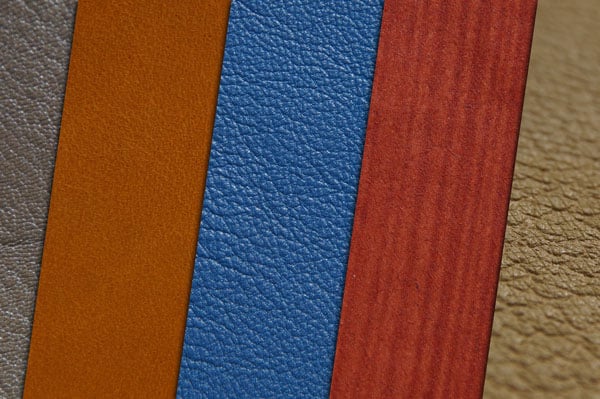
This is probably the simplest way to tell if a piece of furniture or leather accessory is the real thing or not. Check the tag of the leather piece. If it is genuine leather, you should be able to see the manufacturer positively jumping that it is the real thing. You will see on the tag things like “100% genuine leather,” “full-grain leather” and the like. The manufacturer may also say that it is “top grain leather,” referring to the upper half of the cut of leather from the cow.
If you see any of these on the tag, you are onto something, because the manufacturer is assuring you that they used genuine leather.
Now for the bonded leather: It is rarely expressed by the manufacturer. It is rare for stores and manufacturers to mark something as “faux leather.” So this is your most significant indicator. If they don’t mark the leather as “100% genuine leather,” it’s probably faux leather.
The price tag is also indicative of the quality of the leather. Faux leather is going to be cheap, with almost rock bottom prices, compared to genuine leather. Genuine leather is unapologetically pricier because leather is expensive, to begin with. Add to the cost of the leather the time and overhead expenses of the artisan or manufacturing firm, and you will understand why genuine leather is pricy, to begin with.
Look At What You Are Buying
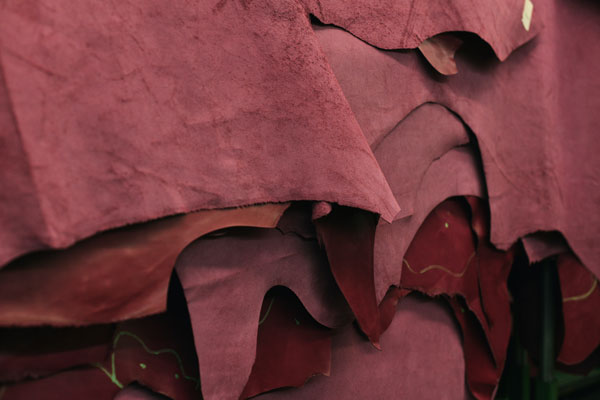
Ironically, the hallmark sign that you are holding genuine leather is irregularity. Natural leather is manufactured and cured of animal skin, usually the skin of cows. Nature has its way of dealing with symmetry and uniformity, so each large piece of leather will have its balance. Leather manufacturers love the natural grain of the leather, and they won’t try to change that just so the leather will look more uniform.
There will be irregularities in the grain, and you will see lines going to and fro, seemingly in a random manner. That’s genuine leather – it reflects the animal skin where it came from. You will see these irregularities when you buy the most beautiful top-grain leather, and it’s a good sign that you are genuinely buying the real thing.
What about bonded leather? The irony of ironies, bonded leather looks more consistent and uniform than genuine leather. The uniformity comes from all the additives and embossing done by machines. The embossing is done on bonded leather attempts to mimic the superficial qualities of genuine leather. And since people seem more bonded leather than genuine leather when they shop, many people think that genuine leather looks uniform on the outside when the opposite is exact.
Touch the Leather
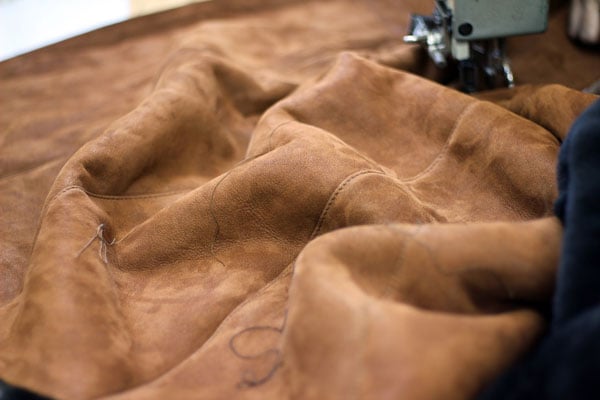
Now that you know the visual qualities of genuine leather, it’s time to move on to its natural texture. When you run your hand across genuine leather, the irregularities on its surface are going to reflect in its feel.
You will feel all the inconsistencies in the grain of the leather. When you apply pressure with your fingers, the leather will express elasticity, like our skin, since it is animal skin, to begin with. Full-grain leather and top-grain leather will exhibit these qualities, and you will easily find genuine leather a pleasure to touch because it has been cured so well.
How does bonded leather feel? Bonded leather is cold, hard, and even on the surface. You will not detect any irregularities on bonded leather because it has been embossed and refined by machines. Manufacturers want the most consistent look and feel because it’s not genuine leather. Bonded leather contains ten to twenty per cent genuine leather only. When you press bonded leather with your fingers, it will retain its shape, and it doesn’t have the ‘give’ that natural leather has.
Smell the Leather
Genuine leather doesn’t smell like anything else. It feels organic, natural, and well, like skin. It smells even better when you clean it and apply oils to keep the leather suppler and more durable. If you feel its equivalent – bonded leather, the smell is going to be different.
Bonded leather of faux leather will smell faintly of all the things that went into its creation – 10%-20% genuine leather and lots of chemicals, including powerful adhesives that prevent the leather fibres and fillers from pulling apart when you sit on a chair with bonded leather, for example. It’s also possible for higher quality bonded leather to have no smell at all, or at least, it won’t be off-gassing scents so much.
So as a rule of thumb, genuine leather is always going to have its distinctive smell, while bonded leather will have different scents depending on the manufacturer and what went into its creation. The majority of bonded leather has a polyurethane finish that makes its surface as glossy as possible. Again, this is done to mimic genuine leather, which has a natural, glossy finish due to curing and sanding.
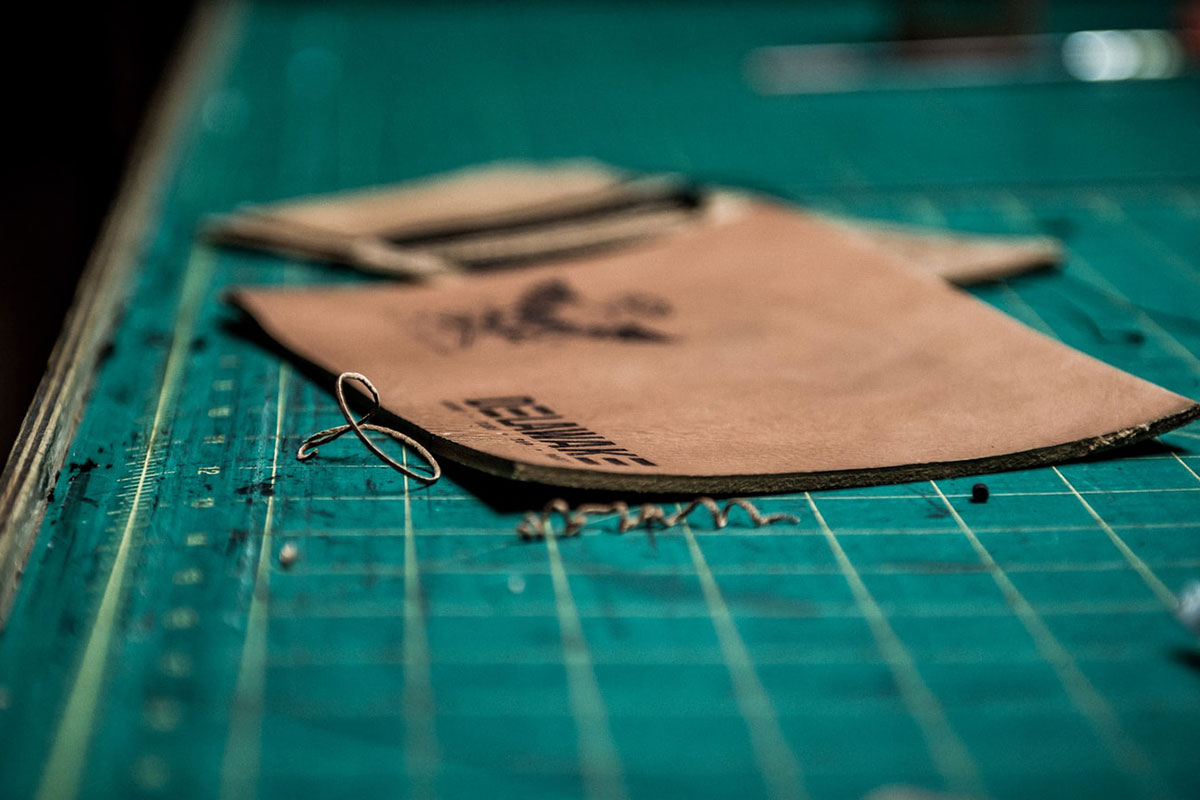
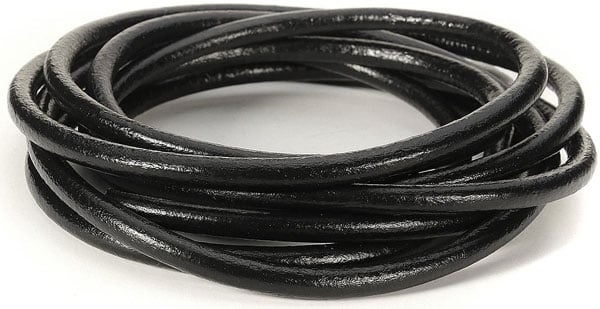



Leave A Comment